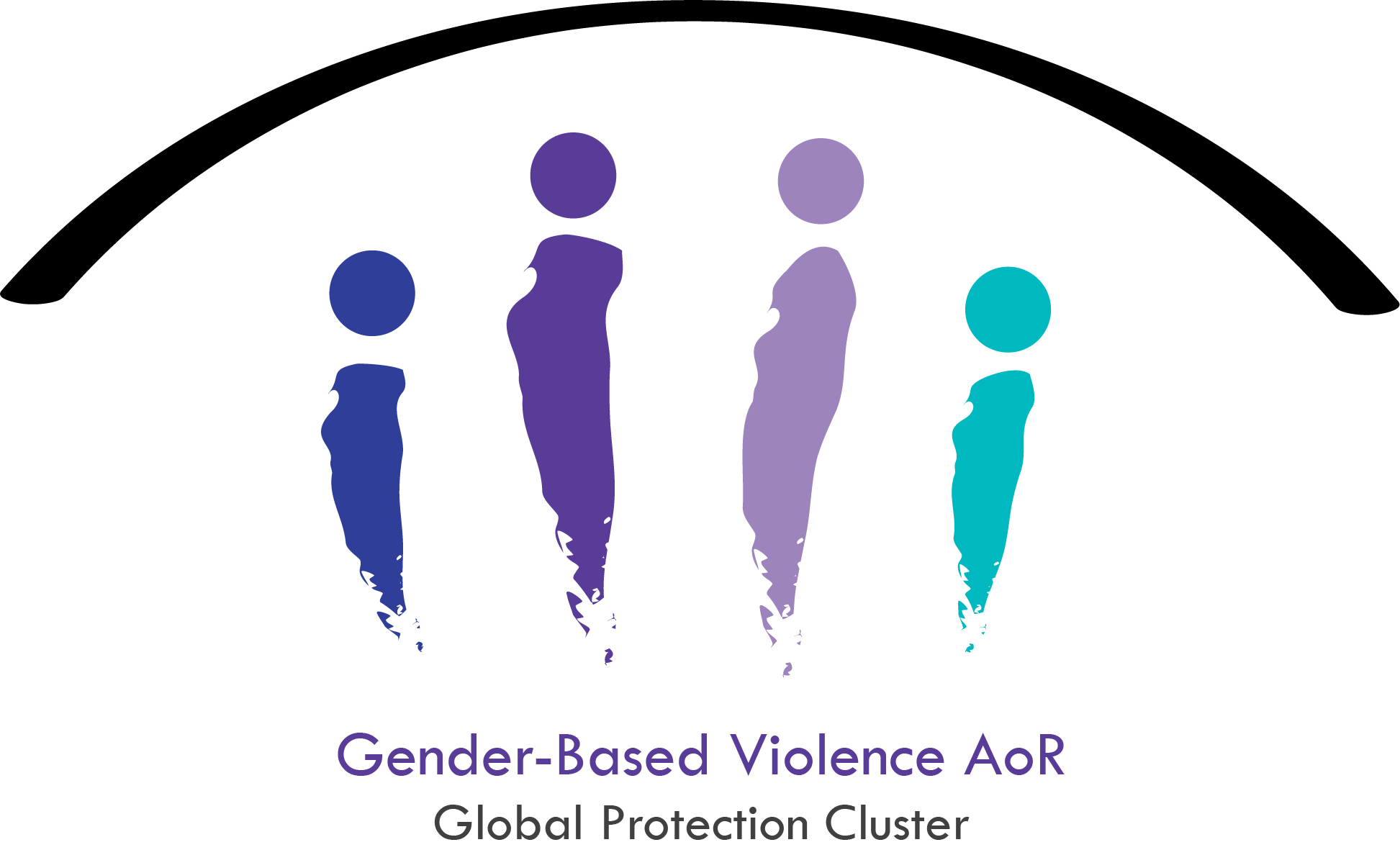Search Results for “”
Research Querry: GBV and Anticipatory Action Approaches
29 Jul, 2021
This report is a primer for GBV actors on anticipatory action. It aims to provide a brief overview of what an anticipatory action approach is, including how this approach differs from disaster risk reduction and preparedness work. The report describes the systems, processes and timelines that align with the approach, including the different lead times for undertaking anticipatory actions depending on the specific type of emergency event, or hazard, and how these link to operational planning processes, including the design of GBV activities to be implemented as part of the anticipatory actions
Gender-Based Violence and Child Protection Field Cooperation Framework - GBV AoR & CP AoR 2021
06 Jan, 2022
The primary objective for the GBV and Child Protection FCF is, from a coordination point, to address service provision gaps and promote complementarity for shared priority populations of concern.
GBV AoR Regional Support Teams Annual Report, 01 Jan 2020 - 31 Dec 2020
04 Oct, 2021
During 2020, the GBV AoR regional support teams strengthened GBV coordination in emergencies in 24 countries. COVID-19 necessitated moving to remote assistance. REGA teams were bolstered by the arrival of new regional experts in information management (IM), rapid response, GBV preparedness and academic partnerships. Despite the hurdles related to the pandemic, regional and country level advocacy and technical support for the GBV community continued across five regions. UNFPA provided effective management support through its regional and country operations.
Response Update: Crisis in Tigray, GBV AoR
21 Jul, 2021
The crisis in the Tigray Region has resulted in protection risks and concerns that have heightened the vulnerability of women, girls, boys, and men. As of 24th May, 1,918,220 people have been identified as internally displaced throughout the Tigray Region, 52% of whom are women and girls (1). Continued fighting, insecurity, break-down of security systems and social services, involvement of multiple armed actors, critical humanitarian needs and dire living conditions have created a high-risk environment and forced displacement in which GBV is a widespread daily reality for women and girls. The extent of the GBV problem in this crisis is captured in various statements including by the Ministry of Women, Children and Youth, Prime Minister, ICVA, IASC, UNSRSG-SVC, and the heads of nine UN agencies and other officials (2). Furthermore, findings from consultations with women and girls held by IRC show that there is an increase in sexual harassment, assault, rape and Intimate Partner Violence...
المعايير الدنيا المشتركة بين الوكالات للعنف القائم على النوع الاجتماعي ي البرامج المتعلقة بحالات الطوارئ Arabic
23 Jul, 2021
المعايير الدنيا المشتركة بين الوكالات للعنف القائم على النوع الاجتماعي ي البرامج المتعلقة بحالات الطوارئ
GBV AoR Strategy 2021-2025
23 Jul, 2019
The GBV AoR Strategy 2021-2025 sets out the strategic objectives until 2025.
COMPRENDER Y APLICAR los Estándares Mínimos Interagenciales para la Programación sobre Violencia de Género en Emergencias
02 Feb, 2022
La elaboración del documento “Guía del facilitador: Comprender y aplicar los Estándares Mínimos Interagenciales para la Programación sobre Violencia de Género en Emergencias” corrió a cargo del Equipo de Trabajo del Área de Responsabilidad sobre Violencia de Género bajo el liderazgo de tres copresidentas: Emily Krasnor, del Fondo de Población de las Naciones Unidas (UNFPA); Sarah Cornish-Spencer, del International Rescue Committee; y Catherine Poulton, del Fondo de las Naciones Unidas para la Infancia (UNICEF); y se desarrolló bajo la dirección de Emily Krasnor. Elizabeth Morrissey y Constanze Quosh, de la Oficina del Alto Comisionado de las Naciones Unidas para los Refugiados (ACNUR), también proporcionaron coordinación y apoyo técnico. Inbal Sansani, con el apoyo de Divya Chandran, redactó la Guía del facilitador.
Guidelines for Integrating Gender-Based Violence Interventions in Humanitarian Action
23 Apr, 2019
These Guidelines provide practical guidance and effective tools for humanitarians and communities to coordinate, plan, implement, monitor and evaluate essential actions for the prevention and mitigation of gender-based violence, throughout all stages of humanitarian response—from preparedness to recovery.
